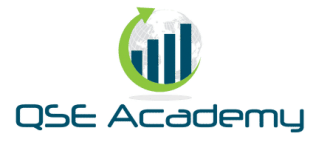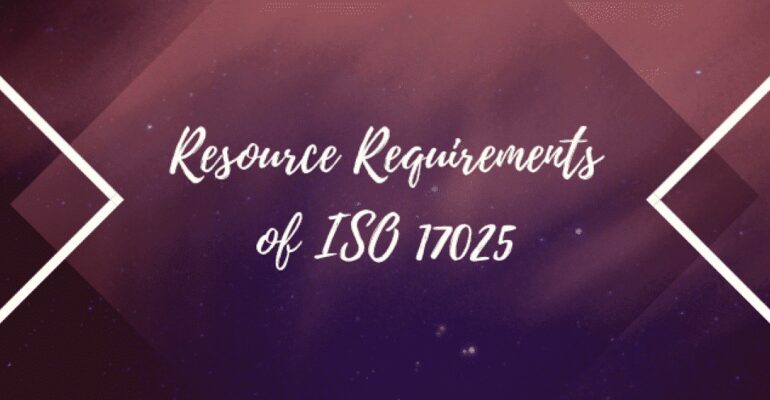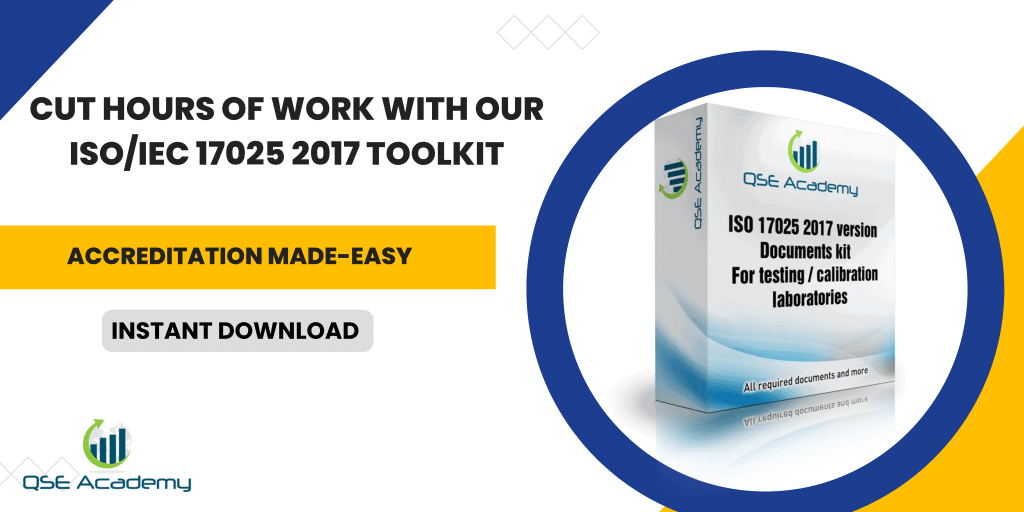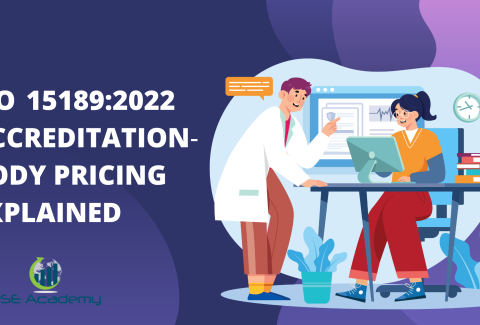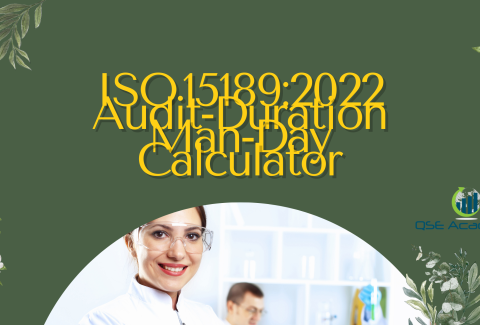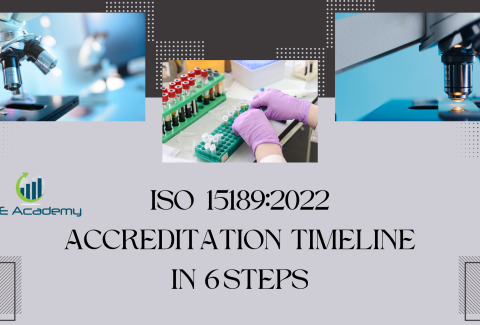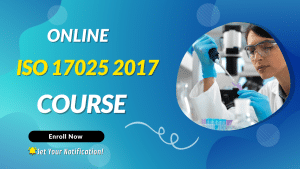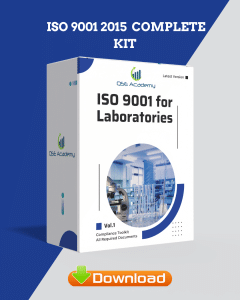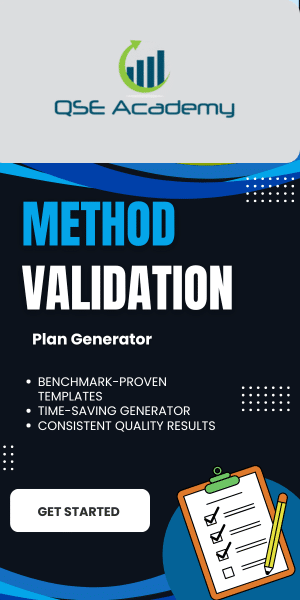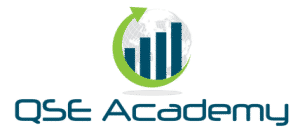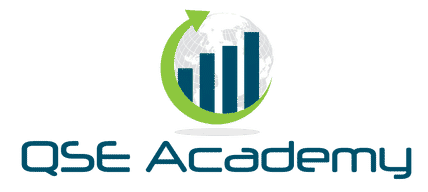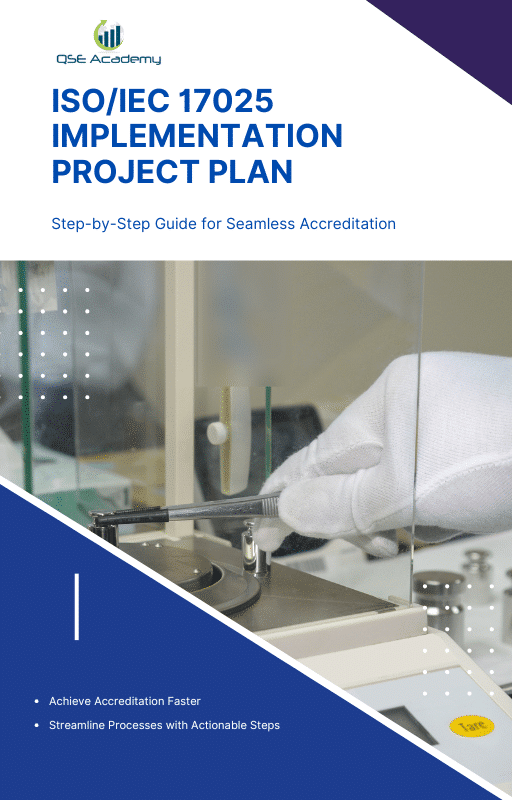Resource Requirements of ISO/IEC 17025
Last Updated on October 13, 2025 by Hafsa J.
Resource Requirements of ISO/IEC 17025
When it comes to running a reliable laboratory, it’s not just about the test methods or the paperwork—it’s also about having the right people, tools, and environment to get the job done properly. That’s where the Resource Requirements of ISO/IEC 17025 come into play. This part of the standard—Clause 6—lays out exactly what labs need in terms of personnel, equipment, facilities, and external services to consistently produce valid results.
If you’re preparing for accreditation or reviewing your quality system, understanding the Resource Requirements of ISO/IEC 17025 is essential. In this article, we’ll break it down in plain language and walk through what this clause covers, including:
-
Competence and training of lab personnel
-
Environmental and facility controls
-
Calibration and maintenance of equipment
-
Metrological traceability
-
Managing external suppliers and services
By the end, you’ll have a clear picture of how the Resource Requirements of ISO/IEC 17025 connect to the overall performance of your lab—and why they matter more than most people realize. Let’s get started!
The Role of Resources in ISO/IEC 17025 Compliance
Let’s start with the big picture. Why do we even need to talk about resources in the context of ISO/IEC 17025? Because even the best-written procedures and most precise methods can fall apart if the lab doesn’t have the right tools, trained people, or stable conditions to support them. That’s exactly why Clause 6 focuses on the Resource Requirements of ISO/IEC 17025.
This section of the standard reminds us that technical competence isn’t just about knowledge—it’s also about access. Access to properly calibrated equipment, controlled environments, traceable reference materials, and qualified staff. Without these things, your lab might be following procedure, but the results won’t be reliable.
Here’s what the Resource Requirements of ISO/IEC 17025 expect your lab to have in place:
-
Personnel who are competent, trained, and authorized for their roles
-
Facilities and environmental conditions that support valid test and calibration results
-
Equipment that is suitable, calibrated, and properly maintained
-
Metrological traceability for all measurements
-
Control over any externally provided services, such as calibrations or reference materials
Think of these requirements as the foundation your lab stands on. When your resources are in good shape, everything else—method accuracy, result validity, audit readiness—has a solid base to build on. And if any part of the resource system is weak or neglected, it can affect your lab’s credibility in ways you might not immediately see.
That’s why the Resource Requirements of ISO/IEC 17025 aren’t just technical details—they’re practical must-haves that support consistent quality across every area of your lab. Next, we’ll take a closer look at what the standard says about people—the most valuable resource in any lab.
Personnel Competence and Documentation
Let’s be honest—your lab could have the latest instruments and beautifully written procedures, but without qualified people running the show, it all falls apart. That’s why the Resource Requirements of ISO/IEC 17025 start with people. It’s not just about hiring smart folks; it’s about making sure everyone is competent for their specific roles and responsibilities.
According to the Resource Requirements of ISO/IEC 17025, your lab must ensure that all personnel who influence test and calibration results are:
-
Qualified by education, training, and experience
-
Formally authorized to perform specific tasks
-
Regularly evaluated to confirm ongoing competence
In simple terms, this means you can’t just say someone knows how to do something—you need to prove it. That proof comes in the form of documented records. These records should show what training a person has completed, what skills they’ve demonstrated, and when their competence was last reviewed.
Here’s a practical way to approach this:
-
Keep a competence matrix that maps each staff member to the tasks they’re qualified to perform
-
Maintain training logs for both technical skills and quality system procedures
-
Document observations or assessments by supervisors or technical managers
The Resource Requirements of ISO/IEC 17025 don’t expect perfection—they expect consistency and evidence. If a staff member is still in training or not yet fully authorized, that’s fine—as long as it’s clearly recorded, and their work is appropriately supervised.
And don’t forget: roles like sample handling, equipment maintenance, and data review also count. It’s not just the analysts who need to be competent—everyone who influences the final result is part of the system.
So if you’re reviewing your lab’s readiness, ask yourself: Can you clearly show who’s qualified to do what, and how you know they’re still up to standard? If yes, you’re on the right track with meeting the Resource Requirements of ISO/IEC 17025. Up next, we’ll talk about the lab itself—because the environment you work in matters just as much as the people.
Facilities and Environmental Conditions
Now that we’ve talked about people, let’s talk about where the work happens—your lab environment. According to the Resource Requirements of ISO/IEC 17025, having the right environmental conditions is just as important as having the right staff. Why? Because even small environmental factors—like temperature, humidity, or vibration—can influence test or calibration results without you realizing it.
The standard makes it clear: your facilities must support the accuracy and validity of your work. That means the Resource Requirements of ISO/IEC 17025 expect labs to:
-
Control temperature, humidity, and other relevant conditions where necessary
-
Prevent contamination or interference between activities
-
Restrict access to sensitive areas to avoid unintentional disruption
-
Monitor and record environmental conditions if they can impact results
Let’s make this real. If your lab is testing materials that are sensitive to temperature changes, you’ll need to keep the room within a certain range—and prove that you’re doing so. That might mean using a simple wall thermometer with daily checks, or a full HVAC system with digital monitoring. The level of control depends on your specific work.
Another example: if your lab performs both chemical and microbiological testing, the Resource Requirements of ISO/IEC 17025 would expect those areas to be separated to avoid cross-contamination. It’s not about making your lab fancy—it’s about making sure the environment supports valid results.
And just like with personnel, it’s not enough to have things in place—you also need to document them. This could include:
-
Floor plans showing designated work zones
-
Maintenance and calibration records for environmental monitoring equipment
-
Logs of environmental conditions (daily, weekly, or automated)
The idea behind this part of the Resource Requirements of ISO/IEC 17025 is simple: your lab space should help you get accurate results, not interfere with them. When the environment is stable and well-managed, you eliminate a whole category of uncertainty that could otherwise sneak into your data.
Next up, we’ll take a closer look at the tools of the trade—your lab equipment—and what ISO/IEC 17025 expects in terms of suitability, calibration, and care.
Equipment and Reference Standards
Let’s be honest—lab equipment is the backbone of nearly every testing or calibration activity. But owning a piece of equipment isn’t enough. To meet the Resource Requirements of ISO/IEC 17025, you have to make sure that equipment is suitable, well-maintained, calibrated, and traceable to recognized standards. It’s not about having the fanciest tools—it’s about making sure they work as intended, every time you use them.
Here’s what the Resource Requirements of ISO/IEC 17025 expect when it comes to your equipment:
-
It must be fit for its intended use. Whether it’s a pH meter, balance, or spectrometer, the equipment needs to match the technical demands of your testing or calibration.
-
It must be calibrated or verified regularly. The standard expects all measurements to be traceable. That means your instruments should be linked to national or international standards—ideally through an accredited calibration provider.
-
You need clear records. Every piece of equipment should have its own calibration history, maintenance logs, and a unique ID or asset number.
You should also have procedures for:
-
Checking equipment before use
-
Taking instruments out of service if they’re faulty or overdue for calibration
-
Labeling equipment with calibration due dates or status indicators
Let’s take a simple example. If you’re using a digital thermometer to verify storage conditions for biological samples, the Resource Requirements of ISO/IEC 17025 expect that thermometer to be regularly calibrated and accurate to within an acceptable range. If it’s off by even a small amount, it could affect your results—or worse, compromise your samples without anyone realizing it.
And it’s not just measurement equipment. Reference materials, reagents, software tools, and even glassware (in some cases) fall under this requirement if they influence the quality of your work.
The goal here is reliability. The Resource Requirements of ISO/IEC 17025 are all about creating a system where your results are supported by solid, traceable, and well-maintained tools—so there’s no second-guessing when it comes to accuracy.
Coming up next, we’ll talk about metrological traceability—how you prove that your measurements are connected to recognized standards, and why that matters more than most labs think.
Metrological Traceability
Now let’s talk about something that sounds a bit technical but is actually pretty straightforward: metrological traceability. It’s one of those essential concepts that ties everything together in the lab. And yes—you guessed it—it’s a core part of the Resource Requirements of ISO/IEC 17025.
So, what does metrological traceability really mean?
In simple terms, it’s about making sure your measurements can be traced back to a recognized reference, usually the International System of Units (SI). When you say a weight is 1.000 kg or a temperature is 37.0 °C, you’re not just guessing—you’re confirming that those values are linked to a reliable, verified source.
According to the Resource Requirements of ISO/IEC 17025, your lab must:
-
Use measurement equipment that has been calibrated by a competent provider
-
Ensure that calibrations are traceable to SI units or internationally accepted references
-
Keep documentation that proves this traceability at every level
Think of it like a measurement family tree. Your lab’s instrument is calibrated by a provider, who uses their own standards, which are linked to national or international standards. That unbroken chain is what gives your results credibility.
And it’s not just about saying “this instrument is traceable.” The Resource Requirements of ISO/IEC 17025 expect labs to show proof. That means:
-
Keeping calibration certificates with uncertainty values and traceability statements
-
Ensuring calibration intervals are appropriate and clearly documented
-
Only using suppliers that meet competence criteria (ideally accredited to ISO/IEC 17025 themselves)
If you’re using internal calibration or verification methods, those too need to be documented and based on recognized references. The goal is always the same: results that are accurate, defensible, and trusted.
In everyday lab life, this might look like:
-
Choosing an accredited calibration lab for your balances and pipettes
-
Keeping calibration certificates organized and linked to equipment records
-
Explaining traceability paths during audits (and having the paperwork to back it up)
Ultimately, the Resource Requirements of ISO/IEC 17025 make sure your measurements are meaningful—not just numbers on a screen, but results that stand up to scrutiny anywhere in the world. And that’s exactly what traceability is all about. Next, we’ll wrap things up with a look at how your lab handles external providers—and why that’s just as important as what happens inside your own four walls.
